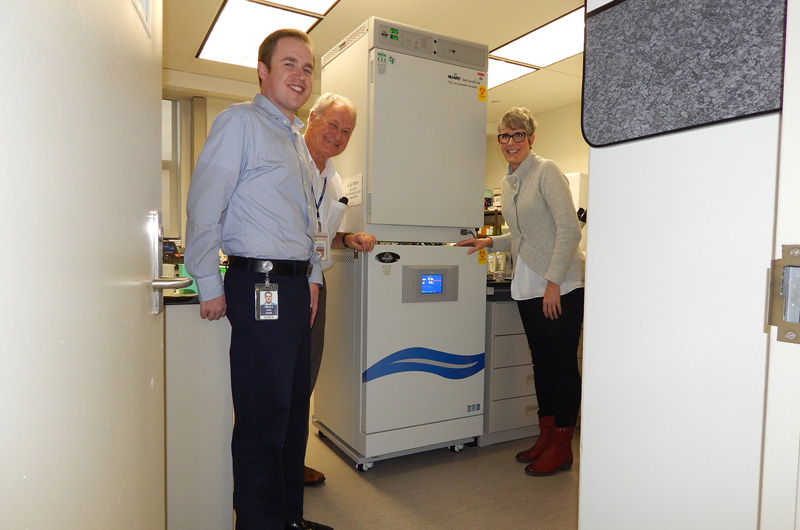Metachromatic Leukodystrophy (MLD), the most common form of Leukodystrophy, is a rare inherited neurometabolic disorder affecting the white matter of the brain (Leukoencephalopathy). It is characterized by the accumulation of a fatty substance known as sulfatide (a sphingolipid) in the brain and other areas of the body (i.e., liver, gall bladder, kidneys, and/or spleen). The fatty protective covering on the nerve fibers (myelin) is lost from areas of the central nervous system (CNS) due to the buildup of sulfatide. Symptoms of Metachromatic Leukodystrophy may include convulsions, seizures, personality changes, spasticity, progressive dementia, motor disturbances progressing to paralysis, and/or visual impairment leading to blindness. Metachromatic Leukodystrophy is inherited as an autosomal recessive trait. There are three types of the disease that have similar symptoms. However, they are distinguished by the age of onset: infantile, juvenile, and adult forms of Metachromatic Leukodystrophy. MLD is a rare disease, affecting about one in 60,000 people.
Three Types of MLD:
Late Infantile – Onset of symptoms between 6 mo. and 2 yrs.
Juvenile – Onset of symptoms after age four until sixteen.
Adult – Onset of symptoms late teens.








